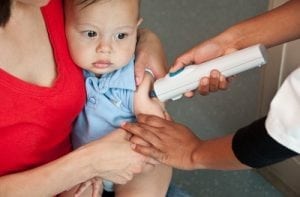
Agriculture
December 19, 2023
PATH Disposable Syringe Jet Injector (DSJI)
Read SolutionImplemented by
PATH
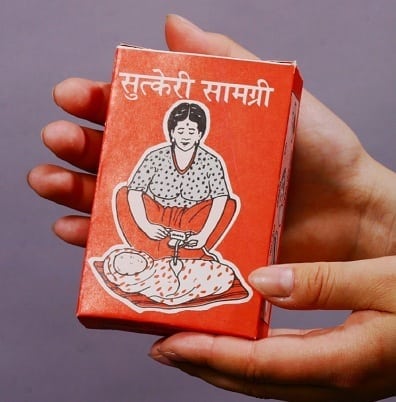
Updated on September 27, 2024
·Created on August 27, 2015
A solution to the clean and safe birthing hygiene in the form of a kit having essential elements.
The PATH Safe Delivery Kit includes sanitary, intuitive tools to help mothers and newborns avoid acquiring infections during childbirth. The basic delivery kit is inexpensive and is designed to help create a clean birthing environment, particularly for home births. The contents of the delivery kit include a clean razor blade, cord ties, a small bar of soap, a plastic delivery sheet, and pictorial instructions. The kits can be modified to accommodate cultural birth practices.
Target Regions
Africa
Target SDGs
SDG 3: Good Health and Well-Being
Market Suggested Retail Price
$3.00
Target Users (Target Impact Group)
Community, Small and Medium-sized Enterprises
Distributors / Implementing Organizations
PATH
Competitive Landscape
Direct competitors include Janma Clean Birth Kit.
Regions
Africa
Manufacturing/Building Method
Manually produced in accordance with PATH’s Basic Delivery Kit Guide, a step-by-step manual for developing kits.
Intellectural Property Type
Select Type
User Provision Model
Users can acquire Kits via maternal and child health programs within target regions. Community health workers and traditional birth attendants are oriented to the kits so they can either provide it as part of their birth delivery services or encourage families to purchase the kit for home deliveries.
The kits are also designed to be sold through retail distribution outlets. PATH invests in building the capacity of local organizations and small businesses, such as woman-owned business, community health promoters, to produce and distribute or sell kits. Programs such as provide the kits based on the region.
Distributions to Date Status
More than half a million delivery kits have been sold in Nepal and in Tanzania.
Guide type provided
Pictorial instructions.
Shelf life (years)
Unknown.
Six 'cleans' covered (Y/N)
Y
Surgical components
Razor blade
Units per package
5
Design Specifications
The Path Kit contents are clean, new, and packaged in a clearly labeled plastic bag or cardboard box that is adapted for local settings. A basic clean-delivery kit includes the following five essential elements:
• A piece of soap for cleaning the birth attendant’s hands and the mother’s perineum.
• A plastic sheet about one square meter for use as a clean delivery surface.
• Clean string for tying the umbilical cord (usually two pieces).
• A clean razor blade for cutting the cord.
• Pictorial instructions that explain how to use each item in the kit.
Technical Support
Pictorial instructions that explain how to use each item in the kit are included.
Replacement Components
Sold as a kit only, not by individual components.
Lifecycle
90% biodegradable, can be disposed of safely in a sealable bag provided with the kit.
Manufacturer Specified Performance Parameters
Ensuring that the WHO’s Six Principles of Cleanliness at Birth are achieved. Specifically, that the hands of the birth attendant are washed with water and soap, as well as the perineum of the woman. The surface on which the infant is delivered is clean. Instruments for cutting the cord and cord care (razor blade, cutting surface, cord ties) are clean.
Vetted Performance Status
PATH conducted a study in partnership with the Tanzania Ministry of Health to evaluate the impact of delivery kits. The results suggested that newborns of mothers who used a kit were 13 times less likely to develop cord infection than were newborns whose mothers did not use a kit. The mothers themselves were three times less likely to develop puerperal sepsis, or genital tract infection, after childbirth.
Safety
No known safety hazards are related to this product.
Complementary Technical Systems
Care must be taken when using the blade and provided instructions shall be followed for the desired results.
Academic Research and References
Winani, S., Wood, S., Coffey, P., Chirwa, T., Mosha, F., & Changalucha, J. (2007). Use of a clean delivery kit and factors associated with cord infection and puerperal sepsis in Mwanza, Tanzania. Journal of midwifery & women’s health, 52(1), 37-43.
Beun, M. H., & Wood, S. K. (2003). Acceptability and use of clean home delivery kits in Nepal: a qualitative study. Journal of Health, Population and Nutrition, 367-373.
Compliance with regulations
The product follows the 'six cleans' (clean hands, clean perineum, clean delivery surface, clean cord cutting and tying instruments, and clean cutting surface), as specified by WHO's sanitation and sterility at the time of childbirth.
Evaluation methods
A study involving researchers enrolled 3,262 pregnant women during prenatal visits at local health centers in Tanzania’s Mwanza Region. Trained health workers visited mothers and their newborns on the fifth day after birth conducted structured interviews with mothers and examined the infants for infection.

Agriculture
December 19, 2023
Implemented by
PATH
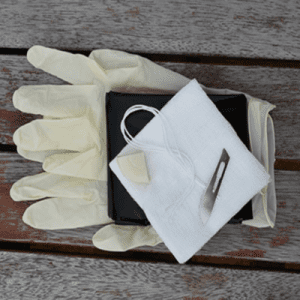
Agriculture
September 27, 2024
Implemented by
Birthing Kit Foundation
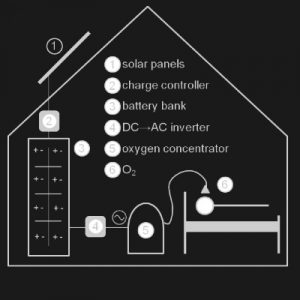
Agriculture
February 27, 2024
Implemented by
Solar Oxygen
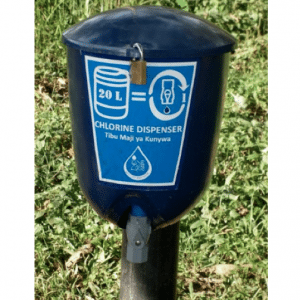
Agriculture
September 23, 2023
Implemented by
Innovations for Poverty Action

Agriculture
June 22, 2024
Implemented by
SafeBoda
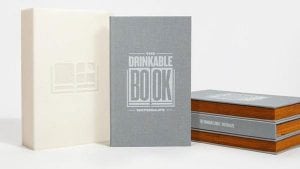
Agriculture
December 29, 2023
Implemented by
Folia Water
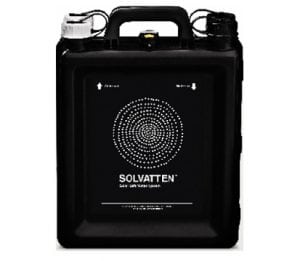
Agriculture
January 16, 2024
Implemented by
Solvatten
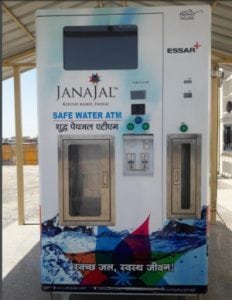
Agriculture
January 8, 2024
Implemented by
JanaJal

Agriculture
March 8, 2024

Agriculture
March 8, 2024
Have thoughts on how we can improve?
Give Us Feedback